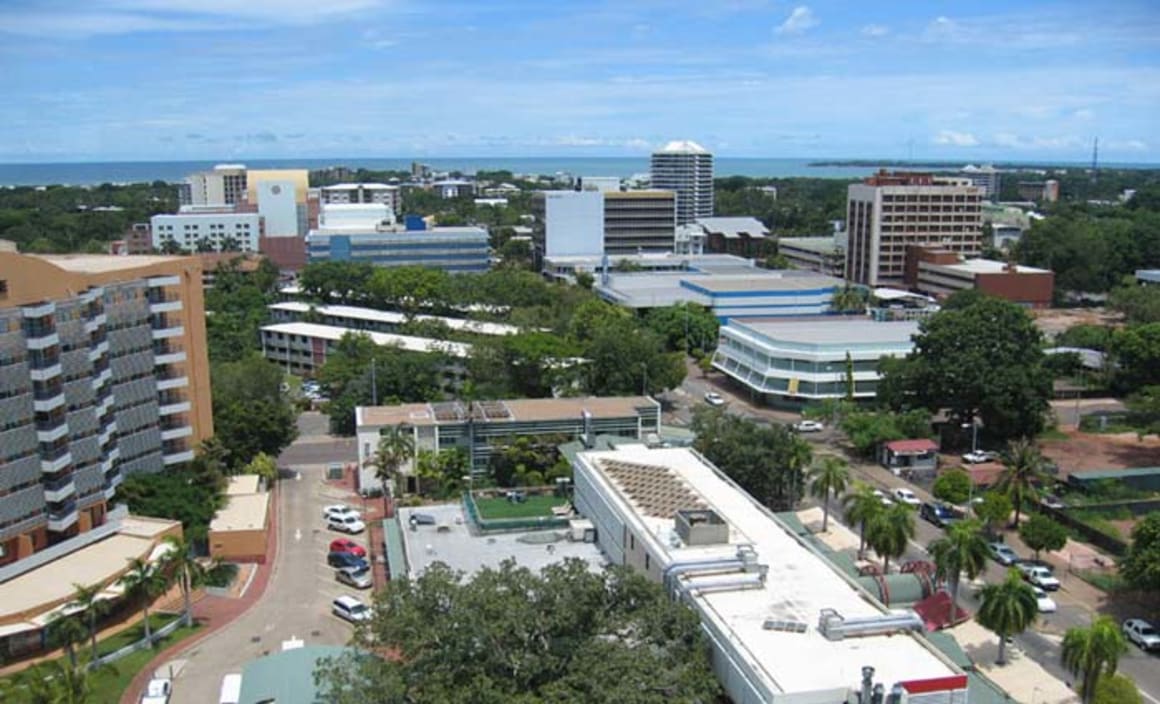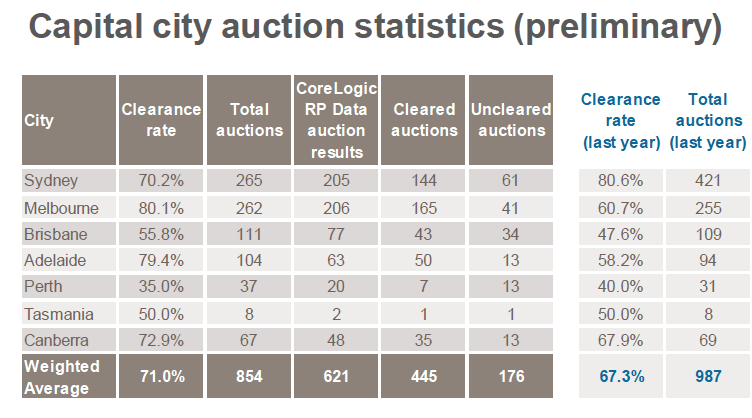Darwin sees sharp slowdown in rental conditions: CoreLogic RP Data January rent review

CoreLogic RP Data analysis shows rents across the combined capitals rose by 0.2% in January 2016.
Across individual capital cities, rents rose over the month in Sydney, Melbourne, Adelaide, Hobart and Canberra while they fell elsewhere.
Dwelling rental rates across the combined capital cities are recorded at $443 per week and they are unchanged over the past year.
CoreLogic RP Data have been tracking annual rental changes since 1996 and over that time rental growth conditions have never been weaker.
At the same time last year rental rates had increased by 1.7% highlighting that the slowdown in rental conditions has been sharp over the year.
"As highlighted in previous reports, heightened construction activity, slowing population growth, higher than normal investment activity and stagnant wage growth are key contributors to unchanged rental rates over the past year," Cameron Kusher at CoreLogic RP Data said.
"More rental stock at a time when demand is easing due to slowing population growth and little wage growth for renters has resulted in flat rental conditions over the past year.
"For renters there are a lot more accommodation options in the market while landlords are having to respond to a more competitive environment which, in many cases means keeping rents steady to keep the tenants.
Looking across the individual capital cities, over the past year, rents have increased in Sydney (+1.4%), Melbourne (+2.1%), Hobart (+0.1%) and Canberra (+1.8%).
Rental rates have fallen over the past year in Brisbane (-0.7%), Adelaide (-0.4%), Perth (-8.6%) and Darwin (-13.4%).
Across every capital city except Canberra the rate of annual rental growth or decline is currently lower than it was a year ago indicating that the weaker rental market conditions are prevalent across most capital cities.

Combined capital city house rents were recorded at $487 per week in January 2016 and unit rents were $465 per week. Over the past month, house rents rose by 0.1% while unit rents rose 0.2% and over the past three months house rents rose 0.1% compared to a 0.5% rise in unit rents.
The data indicates that demand for unit product, while still quite weak, is holding up better than rental demand for houses, despite the increase in new apartment supply. Over the past year, house rents are -0.3% lower while unit rents have increased by 1.5%. It is important to note that a much higher proportion of total unit stock is rented compared to housing stock.
For as long as CoreLogic RP Data have been tracking rental growth figures, house rents have never before fallen on an annual basis while annual unit rental growth is occurring at its slowest pace since late 2003.
The additional accommodation being provided by the current building boom along with recent record high levels of investment purchasing is adding substantial new dwelling supply to the market at a time when the rate of population growth is slowing from quarter to quarter.
Furthermore, wages are increasing at their slowest pace on record which indicates that many renters simply don’t have the means to pay more for their accommodation. Additionally, it is arguable that landlords havent had much incentive to push yields higher due to the low cost of debt and strong capital gains. All of these factors combined are continuing to ease rental market pressures and resulting in the weakest rental market on record.
We expect that rental market conditions are likely to remain weak, potentially softening further over the coming months. In fact there is a possibility that rental rates may start to fall on an annual basis. While this is great news for renters, investors are facing the prospect of weaker capital gains coupled with falling rents which would push down their yields.
The large pipeline of residential construction activity and recent high levels of investment demand means that renters are likely to continue to have plenty of choice when looking to renew their lease.


Capital city rents are increasing at their slowest annual pace on record and with value rises outpacing rental growth, rental yields are also sitting close to record low levels currently. At a combined capital city level, gross rental yields were recorded at 3.4% for houses in January 2016 and at 4.3% for units. Combined capital city house and unit rental yields are currently both at record lows.
A year ago, gross rental yields were recorded at 3.6% for houses and 4.5% for units across the combined capitals. With a sluggish rental market in which interest rates may fall even further, we may see a further compression of yields over the coming months however, this will be somewhat dependent on growth in home values as well as the direction of rental rates. This means that capital growth, which is slowing, is likely to remain a much more important factor for property investors.

Rental yields are lowest for houses in Melbourne (2.9%) and highest in Darwin (5.3%). Unit yields are lowest in Melbourne at 4.0% and highest in Hobart at 5.3%. Sydney and Canberra house yields are currently at record low levels while Sydney and Melbourne unit yields are also at historic low levels.
Across every capital city, house rental yields are lower now than they were at the same time last year. This is reflective of lower rental growth relative to house value growth.
The unit market shows similar trends to the detached housing market. Yields are higher than a year ago in Adelaide and Canberra while elsewhere yields have softened over the past year. The generally softer yields point to market conditions in which unit value growth has generally outpaced unit rental growth.
